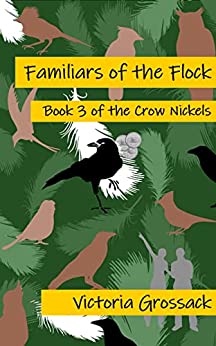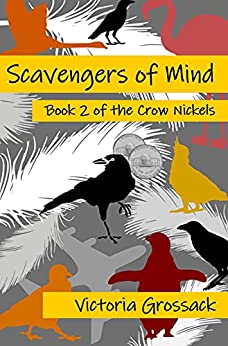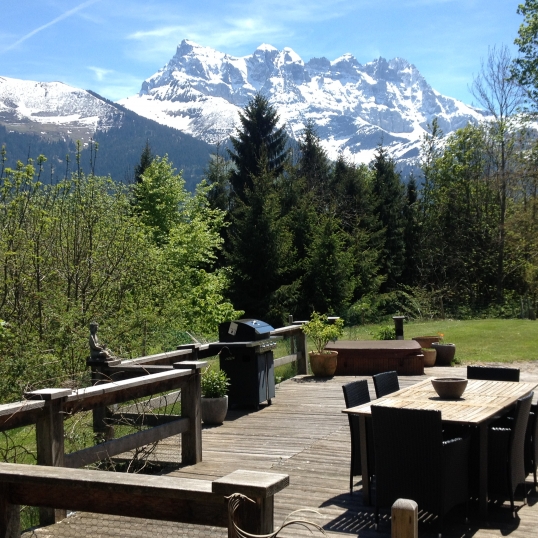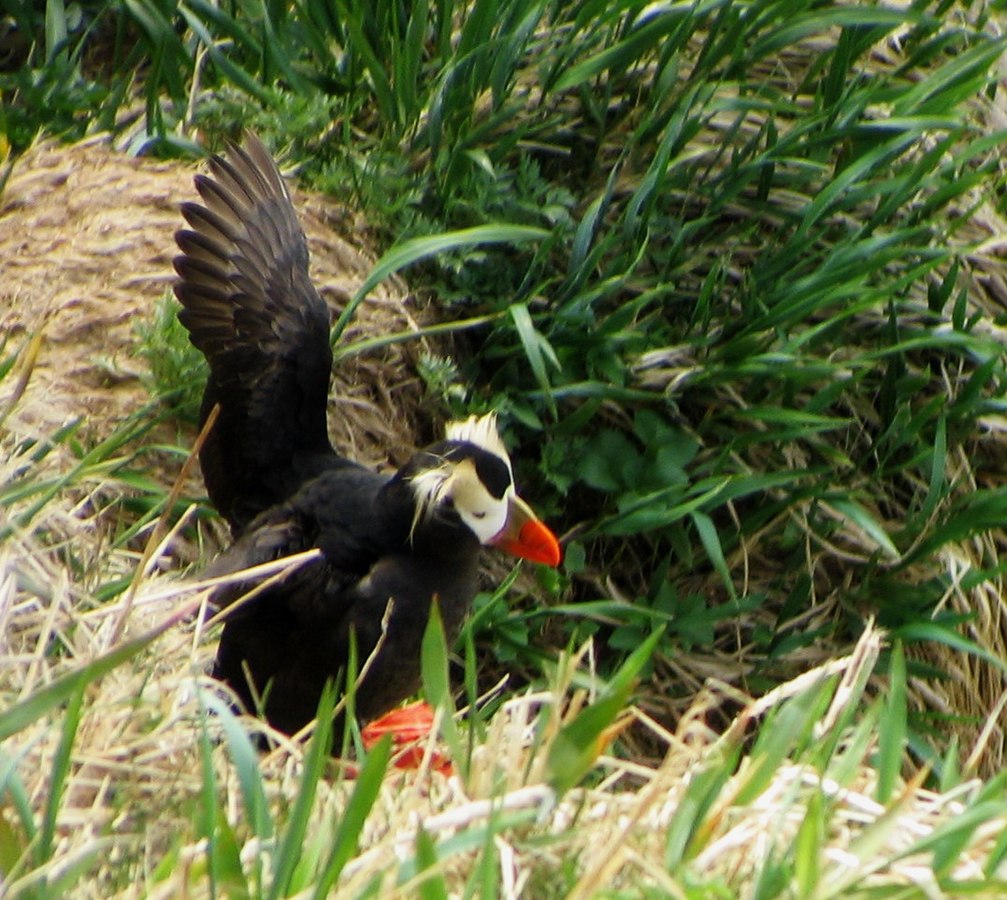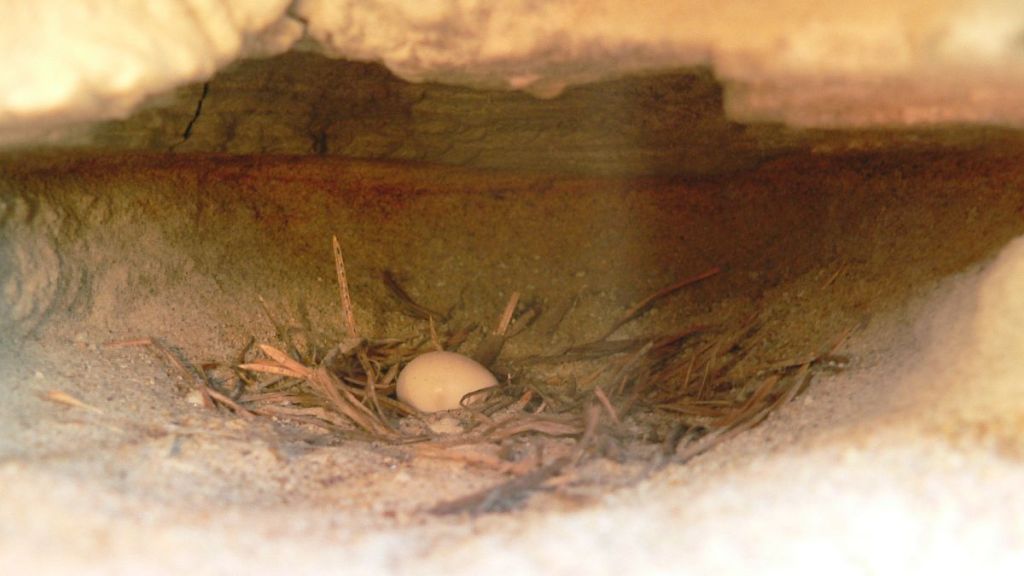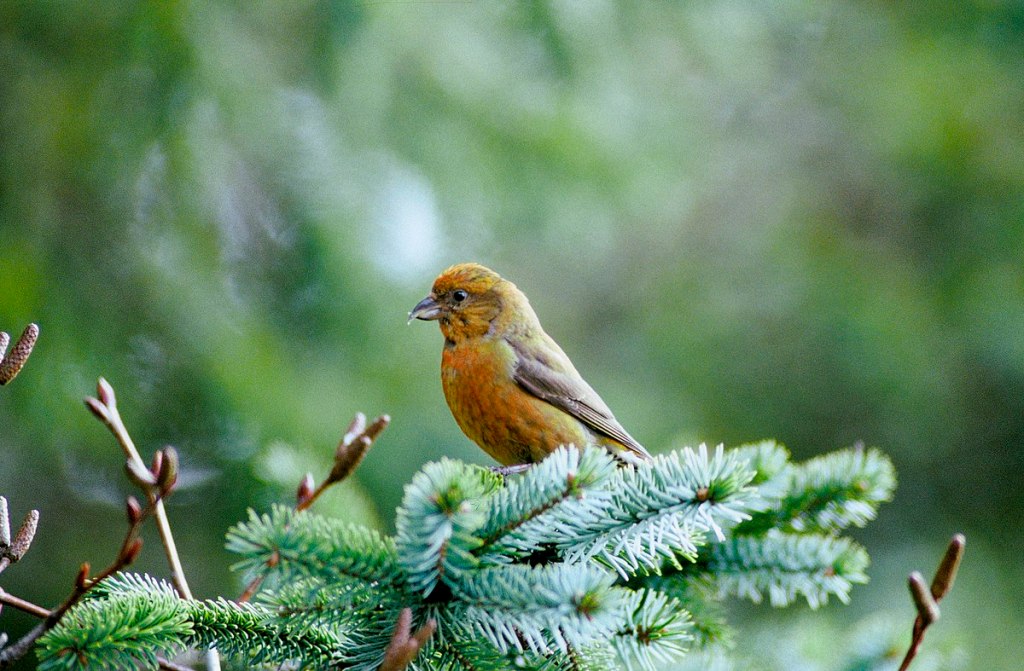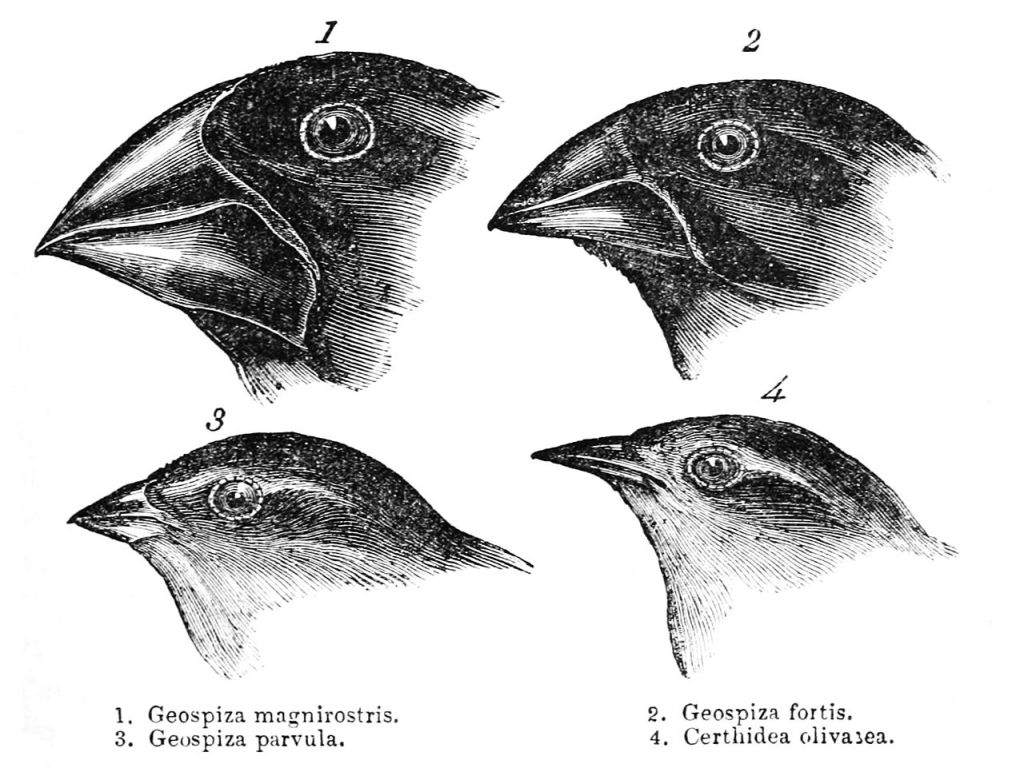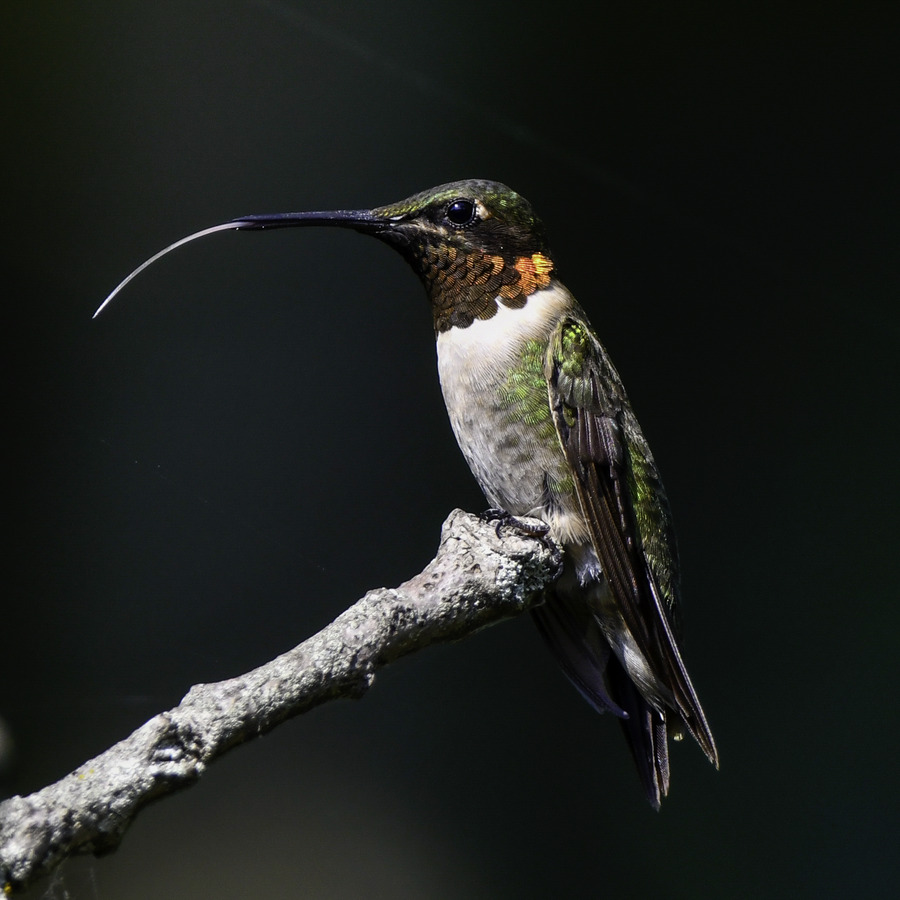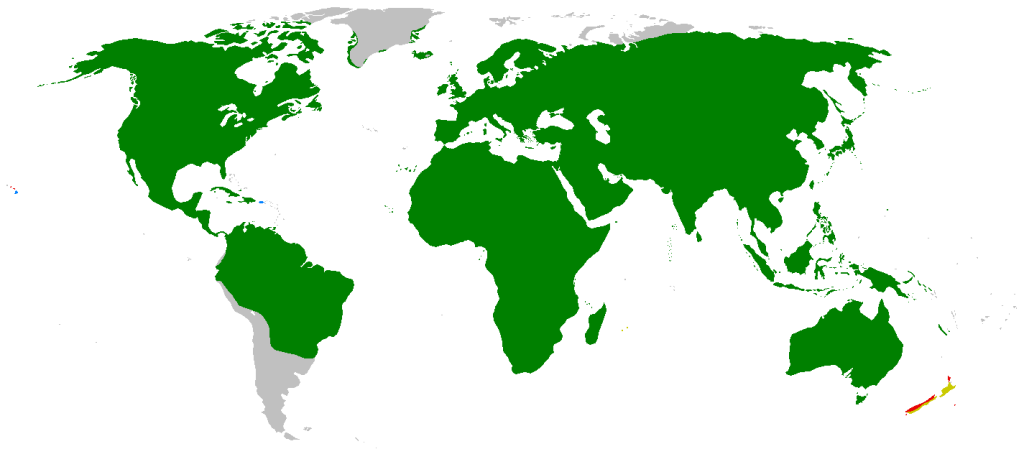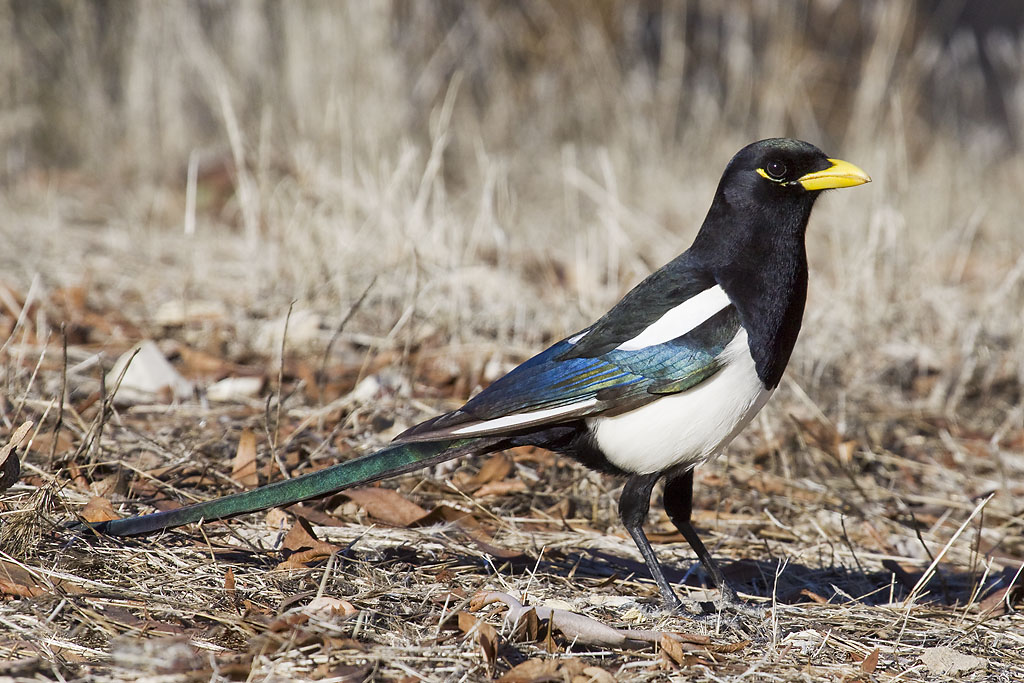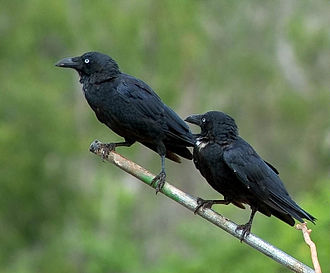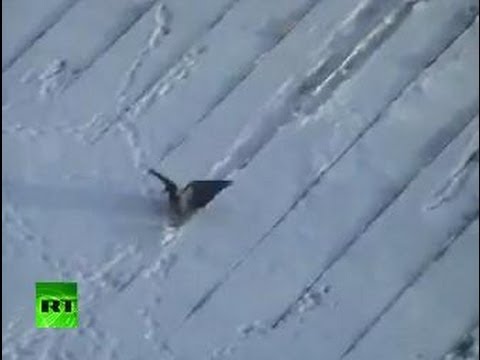Birds, like other animals with brains, need sleep. They have evolved to do this every which way imaginable, as well as some ways that seem unimaginable (at least these ways had never occurred to me). Here’s a look at some of the weird ways they manage to get their shut-eye. Enjoy!
The picture below doesn’t show a sleeping bird (all the sleeping-birds-in-branches photos were owned, and the people I asked did not get back to me). Still, the photo shows something important that we see in many sleeping birds: their legs, and especially, their toes! Many birds sleep on branches and wires or perched on the backs of chairs. It’s easy to think about them perching on things while awake, but how do they manage while asleep?

They can roost on branches thanks to the special qualities of their legs and their toes. When they bend their legs, sort of like sitting, their toes lock around the branch, and that means they can stay in place and know they won’t fall off. The toes don’t unlock until they straighten their legs.
That doesn’t mean things never go wrong. Below is a picture of a hummingbird who went to sleep on the rail of a feeder. The toes remain tightly gripped, but I guess the coefficient of friction was too low, because the hummingbird slipped and is upside down. Yet the hummingbird is still asleep.

How is it possible the hummingbird did not wonder why all the blood had rushed to its brain? Why didn’t the hummingbird wake up? Because hummingbirds, when they sleep, go into torpor. This is not just a deep sleep, but a condition in which they slow everything down, e.g. heartrate, breathing, and so on. Think of it as a mini hibernation. It’s kind of necessary because when hummingbirds are awake, they’re zipping about at high speeds, hovering, going backwards, and using a lot of energy.
Now let’s look at another sleeping position: standing on one leg! With their heads tucked back, the two flamingos most to the left and in front are probably asleep.
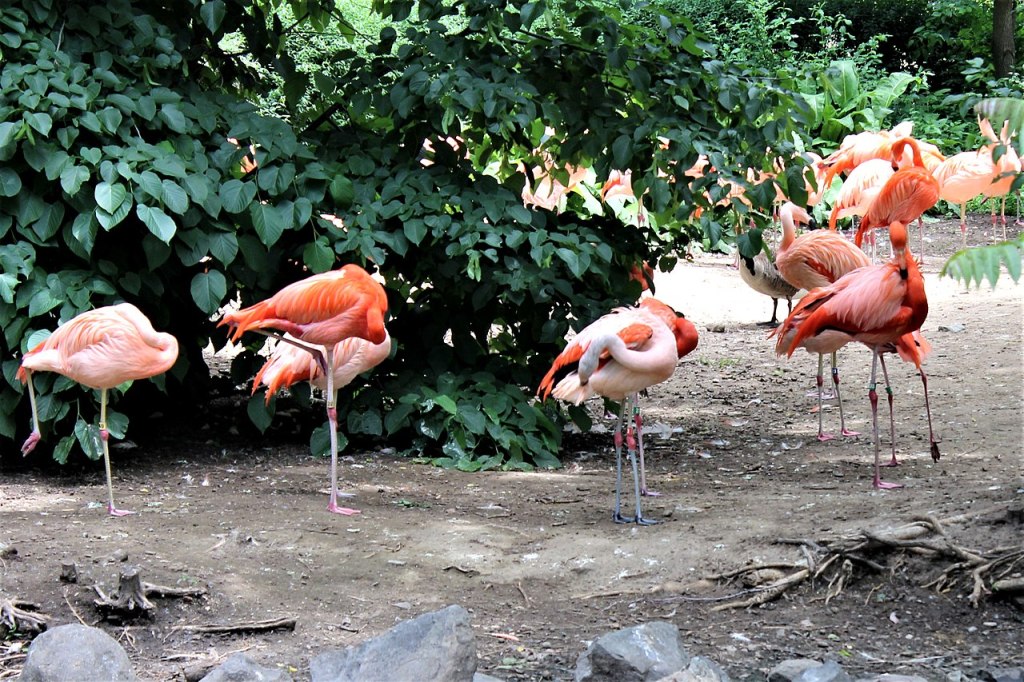
You’d think that if you were going to sleep standing up, you’d want to have both feet squarely on the ground, both to keep your position better and also because you’d think it would work out better with respect to balance. Nevertheless, flamingos put one foot squarely on the ground while pulling up the other leg. It looks as if this would mess up the center of mass but somehow it works.
Penguins sleep in several positions. Now, their feet – designed for swimming and for padding on ice and rock – won’t allow them to roost on branches. Besides, they’re not near branches anyway. So they, like flamingos, sleep standing up, putting their heads down, although not as twisted, as their necks are shorter. But sometimes penguins lie down:
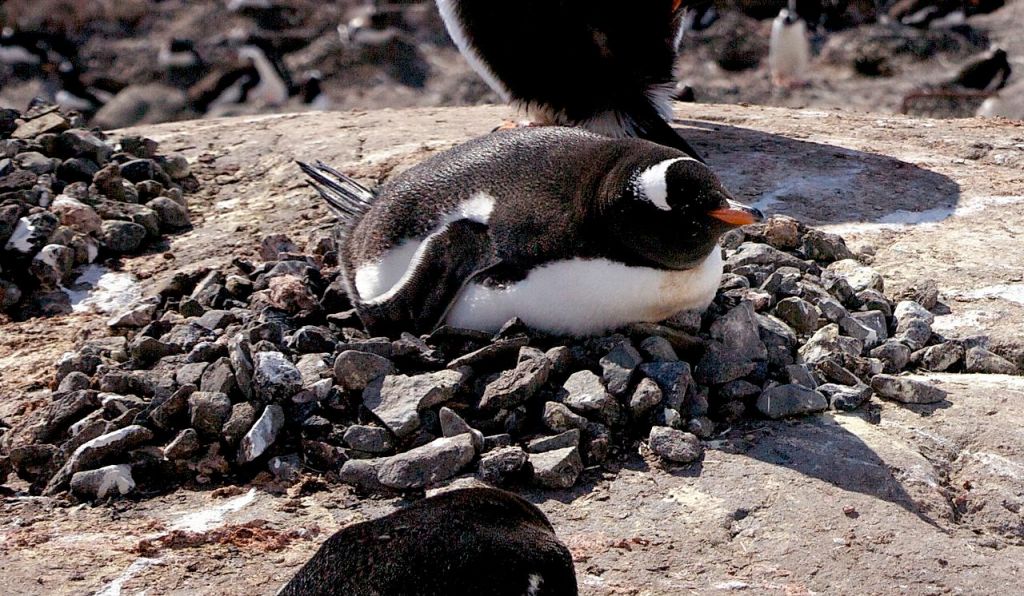
Sometimes they, like so many other birds, take naps. Not cat naps, but bird naps, which are much shorter than cat naps. From Penguins take thousands of naps per day Carl Zimmer, Nov 23, 2023, New York Times: “Penguins are champion power nappers. Over the course of a single day, they fall asleep thousands of times, each bout a few seconds long, a new study has found. Although animals have a wide range of sleeping styles, penguins easily take the record for fragmented sleeping. …While in the ocean, the birds [nesting chin-strap penguins] barely slept, spending just three percent of their time resting on the surface of the sea, the study found. …When the penguins returned to their nests, their brain waves slowed to a pattern that is typical for sleeping birds — but only for a few seconds. They woke up again, only to fall back asleep. The birds sped through this cycle 600 times in an hour.” In other words, penguin power naps are pretty much the opposite of hummingbird torpor.
Penguins aren’t the only birds who power nap. According to the National Audubon Society, some birds take power naps while flying, which is cool, although I don’t want my pilots sleeping on the job. This ability to sleep on the wing always made sense for those birds taking long flights over water. Now, some birds, such as seagulls and albatross, can land on the water to take a nap. Indeed, albatross can sleep for several hours at a time on the sea. However, not all birds can land on the sea (“land on the sea” is a weird expression). What about them? Scientists have shown that great frigate birds take lots of ten-second naps while on the wing.

This is just a tiny peek into the wonderful ways of the descendants of dinosaurs. As there are something like 10,000 bird species (estimates vary), we can bet they sleep all the ways we can think of – as well as some ways that have not occurred to us.
Sol tucked back his head and closed his eyes. Fear and worry, however, prevented the slumber he desperately needed from coming. By the way, you’re really good at acting stupid, said Peeps, the silly insult pecking at Sol’s anxiety. Then Peeps repeated Caw! Caw! Caw! quietly in Sol’s mind, keeping the disturbing thoughts at bay. From Familiars of the Flock, Book 3 of the Crow Nickels.
